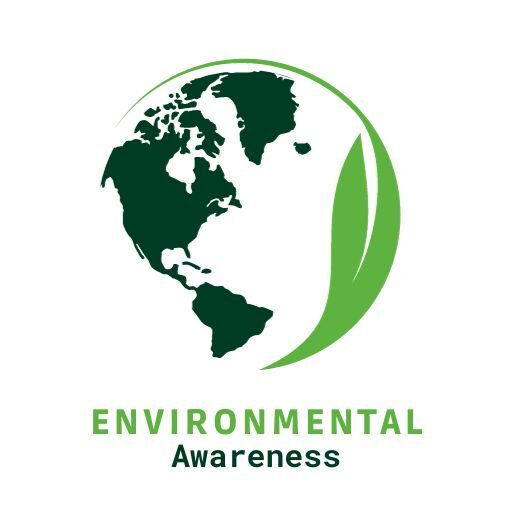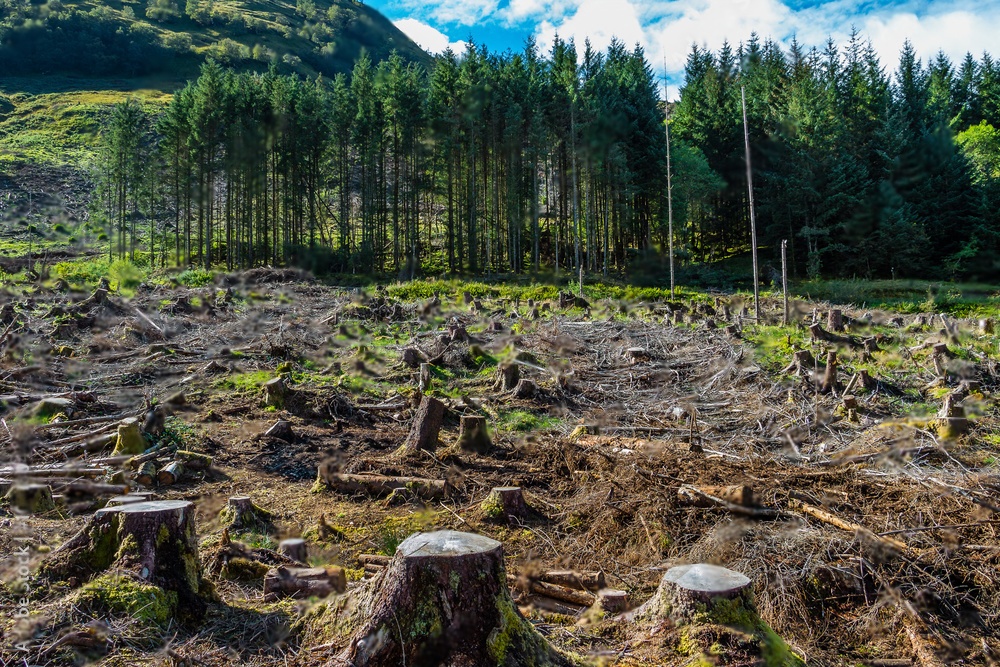
The Importance of Environmental Education in Schools: Strategies for Integration
One cannot emphasize how important environmental education in schools is, in an era of climate change, biodiversity loss, and environmental degradation. It is essential that we instill in the next generation the values, knowledge, and abilities needed to tackle these urgent environmental issues as stewards of the future. In addition to fostering an awareness of how interdependent humans and the natural world are, environmental education also equips pupils to become law-abiding, environmentally concerned citizens. We shall examine the value of environmental education and practical methods for incorporating it into the curriculum in this blog.
Understanding the Importance of Environmental Education:

Ecology, sustainability, conservation, and environmental justice are just a few of the many subjects covered in environmental education. By adding these ideas to the curriculum, educators may help students become more knowledgeable decision-makers and environmental stewards while also helping them to have a greater appreciation for the natural world.
Increasing public understanding of environmental challenges and their root causes is one of the main objectives of environmental education. Schools may empower students to take action to reduce climate change, pollution, and habitat degradation in their communities and abroad by educating them on these issues.
Additionally, environmental education fosters problem-solving and critical thinking abilities. Students gain practical experience in analyzing complicated environmental concerns and coming up with creative solutions through field trips, outdoor activities, and scientific investigations.
Environmental education also promotes empathy and a sense of duty towards the environment and all living things. Schools have the power to raise a new generation of environmentally conscious people who are dedicated to preserving the environment for coming generations by instilling principles like sustainability, conservation, and respect for nature.
Strategies for Integrating Environmental Education into Schools:
-
Curriculum Integration:
Environmental education can be easily included in a variety of courses in the classroom, including science, social studies, language arts, and maths. Social studies programs can examine the cultural and historical aspects of environmental challenges, while science classes might delve into subjects like ecosystems, biodiversity, and renewable energy. This multidisciplinary approach fosters a holistic view of environmental stewardship by ensuring that students obtain a thorough awareness of environmental concerns and their interplay with other disciplines. By incorporating environmental themes into already-existing curricula, educational institutions foster students’ understanding of the interdependence between human activity and the natural world while providing students with the knowledge and abilities needed to effectively solve environmental concerns.
-
Outdoor Learning:
Students get invaluable opportunities to engage with nature and apply what they learn in the classroom to real-world situations through outdoor learning. Field trips to parks, nature reserves, or nearby ecosystems can be organized by schools to give students the opportunity to engage in practical learning experiences including wildlife observation, habitat restoration, and nature walks. In addition, school gardens and outdoor classrooms provide a stronger connection between students and the environment by providing venues for hands-on learning and environmental stewardship. Students who participate in outdoor experiences gain a deep respect for the complexities of nature and the value of conservation efforts, in addition to improving their comprehension of ecological principles.
-
Project-Based Learning:
Students can be effectively engaged in environmental issues and given the tools they need to take action through project-based learning. Multidisciplinary initiatives that push students to look into environmental issues, offer answers, and work with their classmates and communities can be implemented in schools. Students could, for instance, plan and carry out a waste reduction program, investigate the causes of local pollution or produce instructional materials to promote environmental preservation. Students improve their critical thinking, communication, and cooperation abilities while having a beneficial environmental impact by working on real-world projects.
-
Partnerships and Community Engagement:
Schools can enhance environmental education activities by forming connections with nearby businesses, organizations, and community groups. Students can obtain knowledge, resources, and mentorship opportunities by working with environmental NGOs, government agencies, and environmental professionals. In addition, community-based programs that involve planting trees, cleaning up rivers, or advocating for environmental causes give kids the chance to actively engage in community stewardship and develop a sense of civic duty.
-
Experiential Learning and Environmental Literacy:
Inquiry-based learning, field trips, practical experiments, and other experiential learning strategies encourage environmental literacy and a more profound comprehension of ecological ideas. To engage students in meaningful learning experiences that foster curiosity, creativity, and critical thinking, schools can integrate experiential learning activities into their curricula. Programs that promote environmental literacy can also give students the information and abilities they need to make wise decisions and take action to safeguard the environment.
Conclusion
In conclusion, environmental education plays a vital role in preparing students to address the complex environmental challenges facing our planet. By integrating environmental education into school curricula and implementing effective strategies such as curriculum integration, outdoor learning, project-based learning, partnerships, and experiential learning, schools can empower students to become informed, engaged, and environmentally responsible citizens. By investing in environmental education, we can inspire the next generation to safeguard the planet and create a more sustainable and equitable future for all.





